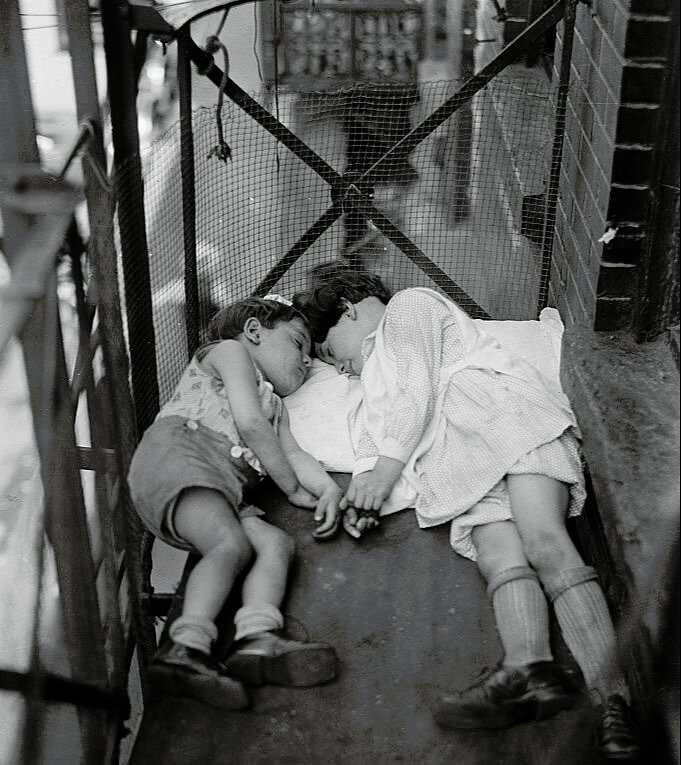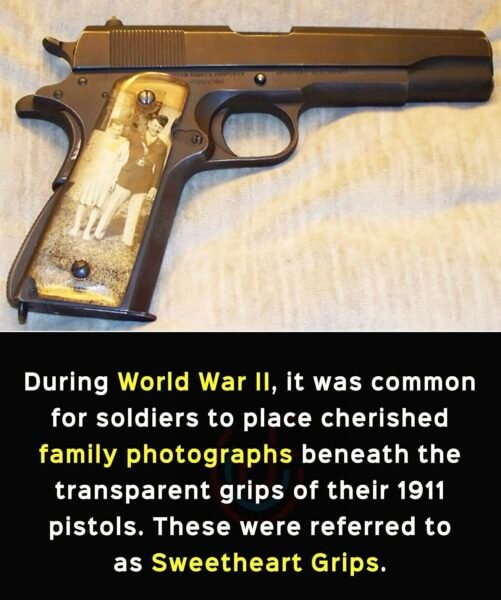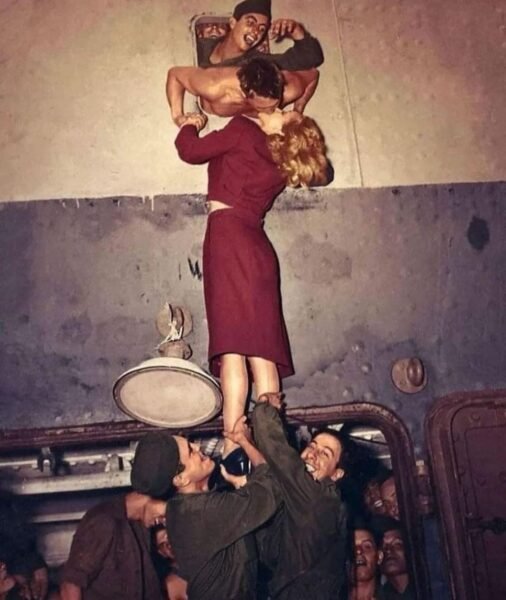In the sweltering heat of New York summers in the early 1900s, air conditioning was a luxury few could afford. Families had to get creative to beat the heat, and one solution that became surprisingly common was sleeping on fire escapes and rooftops. While this may sound risky or uncomfortable to us today, it was a widespread practice that offered some relief from the stifling indoor temperatures.

The Heat Dilemma
Imagine living in a cramped New York apartment with no air conditioning, poor ventilation, and limited airflow. The heat would become unbearable, especially during the night when even the slightest breeze seemed like a distant dream. Families had to find a way to cope, and many turned to their building’s fire escape as a makeshift bedroom.
The Fire Escape: A Nighttime Refuge
Fire escapes, initially designed for emergency evacuations, took on a new role during those hot summer nights. Families would lay down blankets, pillows, and even mattresses to make the metal grates more comfortable. Kids, in particular, found this outdoor sleeping arrangement to be an adventure, despite the discomfort and the noise from the streets below.
The Risks and Challenges
Sleeping on a fire escape was not without its risks. There was always the danger of rolling off in your sleep, not to mention the lack of privacy and the potential for theft. Yet, the cool air and the chance to escape the oppressive heat inside made it a risk many were willing to take.
A Sense of Community
One unexpected benefit of this practice was the sense of community it fostered. Neighbors would often find themselves in close quarters on adjacent fire escapes, leading to conversations and friendships that might not have occurred otherwise. It was a shared struggle that brought people together, even if only for a season.
The Evolution of Summer Comfort
As technology advanced and air conditioning became more accessible, the practice of sleeping on fire escapes gradually faded away. However, it remains a vivid memory for those who lived through those times and a fascinating glimpse into the resourcefulness of people dealing with challenging circumstances.
What Does This Tell Us About Urban Life in the Early 1900s?
This practice highlights the resilience and ingenuity of people living in less-than-ideal conditions. It also gives us insight into the sense of community that can arise from shared experiences, even uncomfortable ones like enduring a hot summer without air conditioning.
Could This Happen Today?
While it’s unlikely that people would resort to sleeping on fire escapes today given the availability of air conditioning and the stricter safety regulations, the story serves as a reminder of how far we’ve come in terms of home comfort and technology.
The phenomenon of New York families sleeping on fire escapes is a unique chapter in the city’s history, illustrating the lengths people would go to find relief from the summer heat. It’s a testament to human adaptability and the enduring spirit of community.
The Cultural Impact: Stories, Songs, and Films
The practice of sleeping on fire escapes has left an indelible mark on New York’s cultural history. It’s been depicted in literature, songs, and even films, serving as a symbol of both the hardships and the camaraderie of urban life in the early 20th century. These portrayals often evoke a sense of nostalgia, capturing a time when life was simpler, yet more challenging in many ways.
The Fire Escape as a Social Space
Beyond serving as a sleeping area, fire escapes also became social spaces where people would gather to chat, play music, or simply enjoy the view. It was a unique form of socializing that was born out of necessity but became a defining feature of the community.
What Lessons Can We Learn?
The practice of sleeping on fire escapes teaches us about the importance of adaptability and community in challenging times. It shows that people can find creative solutions to problems when they need to, and that these solutions often have the added benefit of bringing people together.
How Does This Relate to Modern Urban Challenges?
While we may not be sleeping on fire escapes anymore, modern urban life still presents its own set of challenges, from affordable housing to environmental sustainability. The ingenuity and community spirit demonstrated by those early New Yorkers can serve as an inspiration for us as we tackle today’s issues.
A Bygone Era, But Not Forgotten
As we enjoy the comforts of modern living, it’s easy to forget the struggles of those who came before us. The story of families sleeping on fire escapes serves as a humbling reminder of how far we’ve come, but also of the resilience and community spirit that have always been a part of urban life.
In a way, the fire escape sleeping phenomenon is a lens through which we can view the broader human experience, full of challenges, ingenuity, and the enduring need for community. It’s a slice of history that continues to resonate, reminding us of our collective ability to adapt, innovate, and find joy in the simple things, even when times are tough.
As an Amazon Associate we earn from qualifying purchases through some links in our articles.




